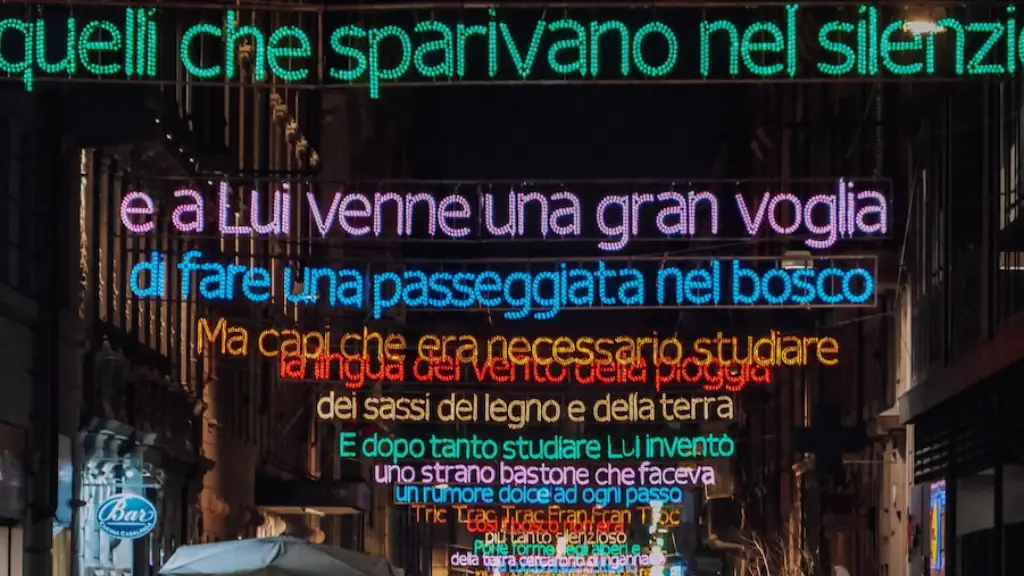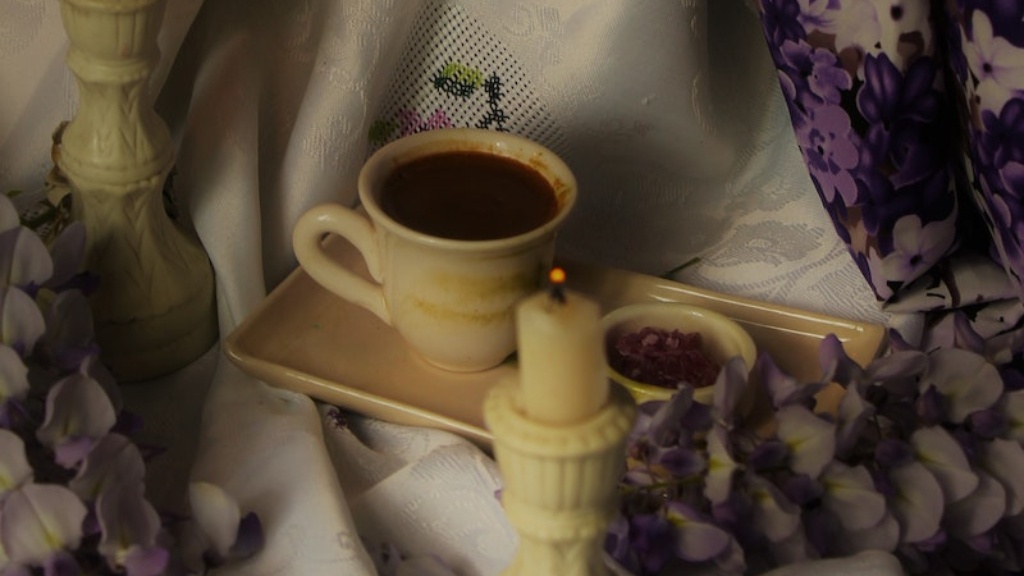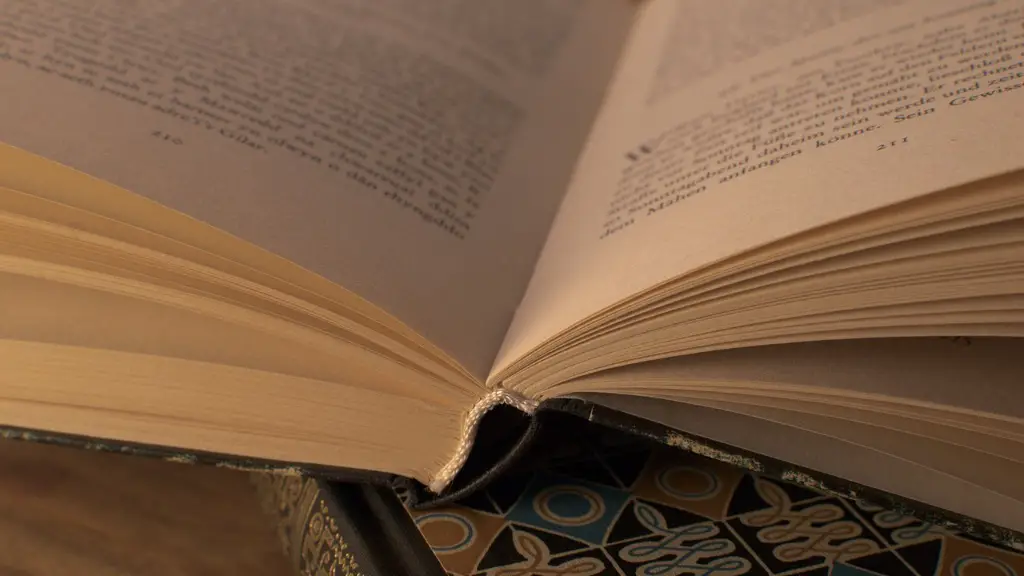Overview of Black Out Poetry
Black out poetry is a type of creative writing that requires a creative and artistic approach to language. The goal is to write a poem by crossing out or “blacking out” as much of the text from an existing piece of writing as you wish, so that the words that remain become your poem. It can be both a creative and rewarding activity for writers of all ages and abilities.
This form of creative writing has been used to explore the creative process, as well as to highlight deeper meaning from literature. It has been used to examine themes, emotions, and social issues in the existing text. Black out poetry is often used to express the author’s own feelings and perspective about the existing text.
General Tips
Before engaging in any kind of creative writing, it is important to take some time to prepare. First and foremost, select a piece of writing to be your source text. This source text can be anything from a novel, a magazine article, or an online article. It is important to pick something that is inspiring to you and that has text that will be conducive to black out poetry.
Once a source text is chosen, it is important to read through it and highlight words and phrases that stand out to you. It is also useful to take note of words or phrases that have a positive and negative connotation, as well as any words that have a deeper or hidden meaning. These words and phrases can be used to create a poem that will have both creative and emotive elements to it.
Finally, when creating a black out poem it is important to keep a few simple guidelines in mind. Allow yourself to make mistakes, but also make sure to focus on your craft and refine the details of each and every word that remains in your poem.
Advanced Tips
For more experienced poetic writers, there are a few additional tips that can aid in the creation of a black out poem. First and foremost, focus on creating a solid structure for the poem. In other words, strive for a sense of flow and meter throughout the poem, particularly where phrases and words are repeated.
It is also helpful to think about the rhythm of the poem and how the words will sound when spoken aloud. This helps to create a stronger sense of balance and drama that is necessary for all good poetry. Additionally, consider adding punctuation to the poem as needed, as this can also be a great way to help the poem to flow.
Finally, create a powerful title for the poem. This can be done by using words or phrases that reflect the overall message or theme of the poem. This will help to make it more memorable and impactful.
Experimentation with the Source Text
Once a source text is selected and a poem is beginning to take shape, it is helpful to explore some methods of experimentations with different pieces of text. This could include moving words and phrases around, cutting and pasting single words or phrases, or even mixing words together.
Additionally, it is useful to add color to the poem. This can be done in a variety of ways, including highlighting words or phrases with different colors, adding pictures or art, or even highlighting text with marker. Doing this can add an extra layer of emotion or atmosphere to the poem.
It is also helpful to keep a journal or log of the creative process, so that one can reflect upon their thought process. This will help to ensure that the poem retains its purpose and keeps to its intended emotional tone and message.
Breathing Life Into the Poem
In order to bring a finished black out poem to life, there are a few additional steps that can be used. First and foremost, it is important to make sure that the poem is reflective of the source text. This can be done by adding additional words or phrases to the poem that are closely related to the source text and its themes.
Finally, add elements of sensation and emotion to the poem. This can be done by considering the sounds, smells, and activities associated with the poem. Adding these elements can further emphasize many of the words and phrases that are found in the poem, as well as bring additional depth and texture to the poem.
Practicing Regularly
Finally, the most important tip when it comes to black out poetry is to practice regularly. Set aside time to write and re-write poems, as well as experiment with different methods. As one practices regularly, one’s confidence and ability to create powerful and emotive black out poetry will increase.
The creative and artistic process of creating a black out poem can be a rewarding and enjoyable activity for writers of all ages and abilities. Following the tips outlined above can help writers get the most out of their creative writing, as well as create powerful and emotive pieces of poetry. With regular practice and experimentations, writers can gain the skills necessary to create stunning pieces of black out poetry.
Using Advanced Grammar and Structures
Using advanced grammar and sentence structures is a key tool when writing black out poetry. Due to the constraints of the form, it is often difficult to express complex ideas and emotions, so it is important to make sure that the construction of the poem is properly thought out. So as to energize and make the poem more memorable, using a range of conjunctions and varying sentence lengths can help to break up the overall flow of the poem.
By ensuring that the poem is written with a strong level of clarity, it is easier for readers to engage with the poem and understand the deeper meaning that the author is trying to convey. This is why advanced grammar and sentence structures are so important in creating a successful poem.
Emotional Triggers
When creating black out poetry, emotional triggers are imperative for creating meaning and helping the reader become emotionally invested in the poem. This can be achieved through meaningful and emotionally charged word choices, as well as strategic punctuation and even color symbolism.
When it comes to creating emotional triggers, think about how each word impacts the reader’s emotional state. What feelings and ideas are you conveying with the words used? Do they trigger a particular emotional feeling or thought process? Thoughtfully selecting words that can elicit emotional responses can make the poem more powerful and meaningful.
Active Versus Passive Voices
When writing black out poetry, it is important to pay close attention to the use of active versus passive voices. The active voice is a great tool to add strength and demonstrate the writer’s point of view. Using the active voice allows the writer to clearly express the opinion, feelings and ideas of the poem.
On the other hand, the passive voice removes any of the writer’s personal point of view and instead focuses more on the general subject. While there are a few situations where it is appropriate to use the passive voice, it is generally not the best approach when writing black out poetry. Focusing on using the active voice will give the poem more energy and power.
Final Reflection and Editing
Once the poem is written, it is important to spend some time reflecting and editing the work. This can be done by taking a few steps back and critically analysing the poem. Does the poem effectively portray any themes or messages? How can anything be improved? Is there any way to better convey the feelings and thoughts of the poem?
Through answers to these questions, the poem can be expanded or adjusted as necessary. From rephrasing words to making sure the poem has a clear structure, spending time on the reflection and editing process can ensure that the poem is finely tuned and emotionally compelling.
Conclusion
Creating a powerful and emotive black out poem can be a rewarding and enjoyable activity for writers. By following the tips outlined in this article, writers can gain the skills necessary to create stunning pieces of black out poetry. With practice and experimentations, writers will become more confident and understand the ins and outs of creating effective pieces of writing.


